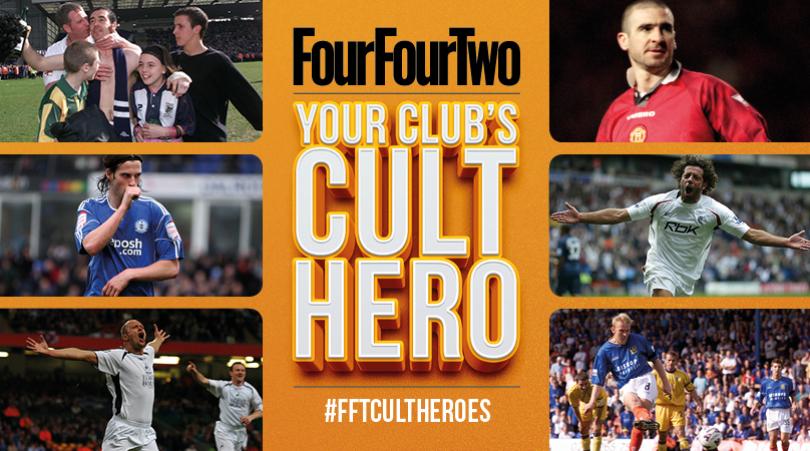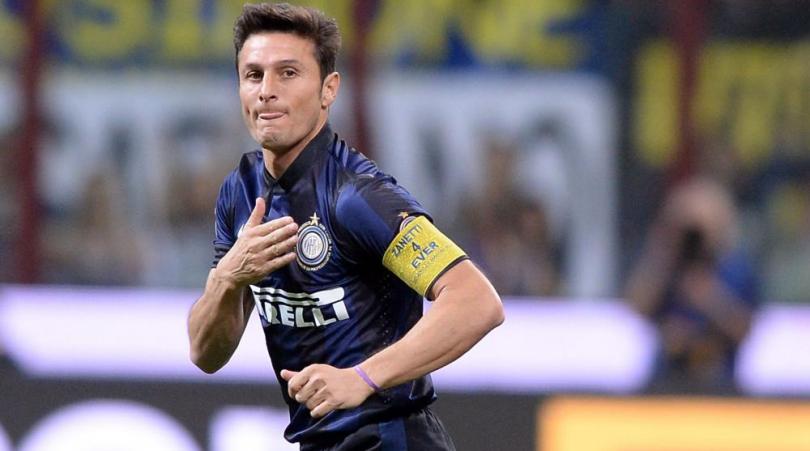Georgi Kinkladze, a lightbulb in the dark: the Georgian remembered, 20 years after THAT Southampton goal
Two decades after Manchester City’s twinkle-toed hero from Tbilisi embarrassed the Saints’ backline, Seb Stafford-Bloor recalls what that famous goal really meant to English football…
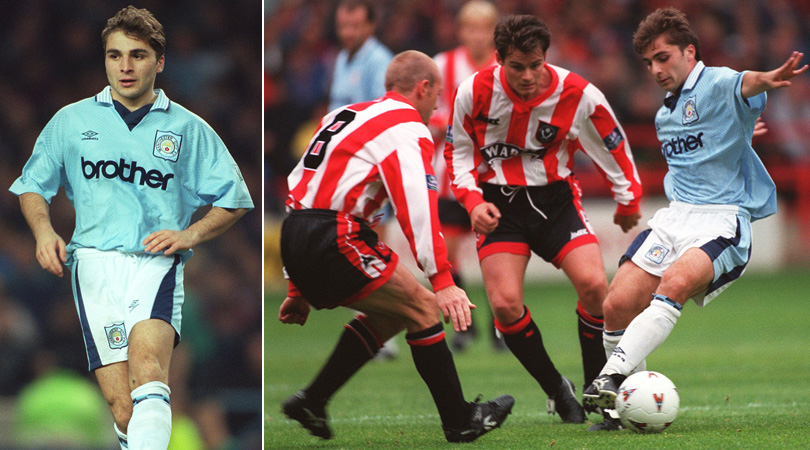
It's been 20 years since Georgi Kinkladze danced through Southampton's defence; 20 years since his little limbs flashed and feinted their way into Manchester City folklore. It's a goal burned on the retinas of everyone who saw it and one which, despite the Premier League's continued evolution, never loses its glow.
In 2016, after a decade of being desensitised to greatness by Lionel Messi and Cristiano Ronaldo, the world isn't quite as susceptible to Kinkladze's footwork. There were no step-overs, no roulettes and no tricks; it was a beautiful goal but one comprised of fairly simple parts. In the 14 seconds between receiving possession just inside the Southampton half and leaving Dave Beasant in a mesmerised mess, the Georgian didn't really do anything unusual.
Out of place
But therein lies the essence of Kinkladze and the root of his enduring appeal: as a player, he created the most fabulous contrasts. While 1992 is often portrayed as a binary moment of change in English football, for years afterwards the league would be a running battle between the old and the new.
Kinkladze arrived at a time when his differences were unusual and welcome and when, consequently, they were most appreciated
The players had started to become celebrities and the demographics within the crowds had started to change, but the game's aesthetics weren't dramatically different. The style of play was still rugged and the pitches still bore the harshness of winter within their centre-circles and penalty boxes; it was becoming well-monied, but it was still under-developed.
Kinkladze owes part of his legend to those surroundings. He arrived at a time when his differences were unusual and welcome and when, consequently, they were most appreciated. English football was about power, size and gelled centre-partings, and he was an impish player with the feet of an angel and a chorister's haircut.
(This is brilliant by the way. "Have you sawn him?!")
Get FourFourTwo Newsletter
The best features, fun and footballing quizzes, straight to your inbox every week.
In a local context, it was easy to portray him as a gift. Manchester City would be relegated at the end of the 1995/1996 season and were about to embark on their plunge into the Football League's depths.
In a side who were, at best, functional, Kinkladze was essentially a compromise to aesthetics: he represented warm beauty in what was – and what would continue to be for many more years – an ugly struggle for City in a cold, unforgiving world.
The Kinkladze moment belonged in Serie A or to a World Cup semi-final, not in a relegation six-pointer at Maine Road
The memory of him and his most famous goal endures, then, because both were so at odds with expectation. Man City against Southampton was a bitter relegation struggle in March 1996 and it wasn't a game which should have been settled in the way that it ultimately was.
Matt Le Tissier was on the pitch and always had wonder in his boots, but it was the kind of fixture which demanded a deflected winner or to be influenced by an over-enthusiastic tackle. The Kinkladze moment belonged in Serie A or to a World Cup semi-final, not in a six-pointer at Maine Road. That goal was a watercolour in a cheap frame and so, no matter how much the game evolves, it will always have a slightly mystical draw.
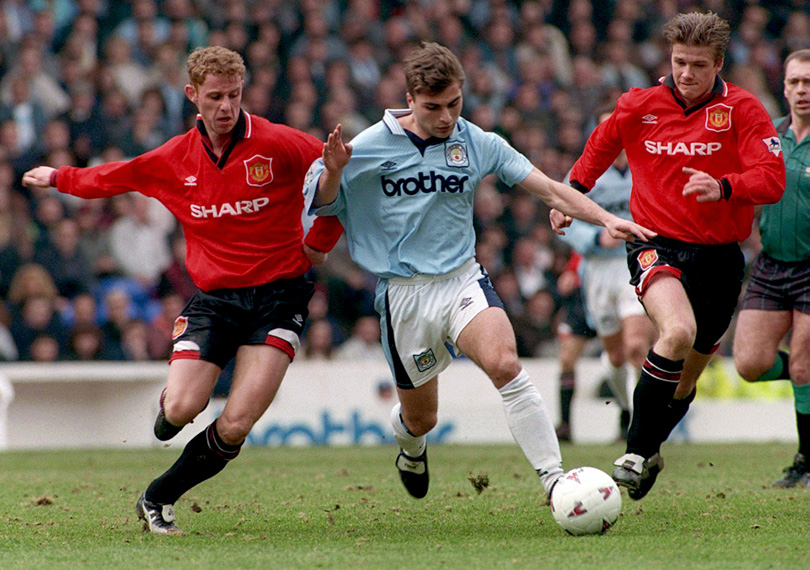
Analogue apathy

1989-91 Mretebi Tbilisi
1991-95 Dinamo Tbilisi
1993 Saarbrucken (loan)
1994 Boca Juniors (loan)
1995-98 Manchester City
1998-2000 Ajax
1999/20 Derby (loan)
2000-03 Derby
2004-05 Anorthosis
2005-06 Rubin Kazan
But Kinkladze was also symptomatic of something which has been irretrievably lost. His arrival in England, outside of Manchester, was a minor event – perhaps the sort which warranted a short paragraph on a Ceefax page. There was no prelude. There were no amateur scouts pretending to know all about him and no 200-word blog posts making half-baked predictions about what he might bring.
Instead, he just arrived: one day, he appeared on a Match of the Day teamsheet and John Motson was stumbling over the syllables in his name. New players may have often appeared in similar ways, but Kinkladze didn't bring any sort of reputation with him. He wasn't Jurgen Klinsmann or Dennis Bergkamp and hadn't been encountered by an English club in continental competition; he was a nobody who played in boots of velvet.
Like an unexpected Christmas present or a tax rebate, he was a beautiful surprise who never lost his novelty and never attracted any cynicism.
This was also a time before illegal streaming and, playing for a side who weren't routinely televised, Kinkladze existed to neutrals mainly in highlight form.
While his career at Manchester City wasn't just an uninterrupted stream of excellence, the weekly precis lent his contribution a concentrated quality. It gilded his legend and helped to create a player who, up and down the country and irrespective of allegiance, children wanted to imitate in the playground.
He wasn't asterisked by statistics about his dribbling success or passing accuracy and the sport had yet to develop its thirst for over-intellectualisation; in 2016, Kinkladze would likely be dissected and destroyed by false doubts and future projections, but in 1996 he was allowed to represent all the purest forms of sporting joy.
Artistry in an instant
His goal against Southampton is still spoken of now because, primarily, it has that timeless quality that all great moments possess. However, it's also special because it embodies all of Kinkladze’s qualities within a single sequence.
He was a lightbulb in a world without electricity; listen to the crowd's anticipation rise and watch the defenders trip and comically stumble in his wake
Someone who never had the privilege of watching him, for instance, would need no further testament in order to appreciate who he was. It has everything – it's the perfect 14-second summation. It shows his gliding artistry, his fearlessness, and also how out of place he was in those surroundings.
He was a lightbulb in a world without electricity; listen to the crowd's anticipation rise and watch the defenders trip and comically stumble in his wake. Even the subtext was unusual – it was like watching a reaction to alien life.
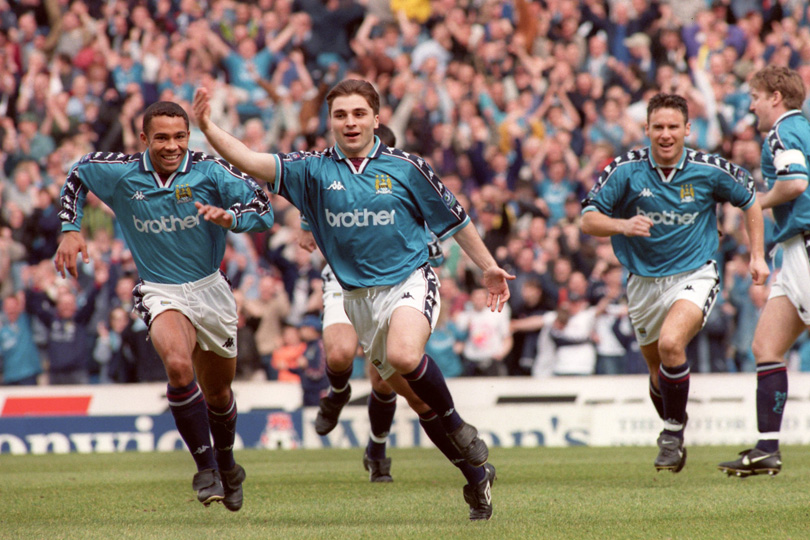
Had his career developed as it probably should, and had the theory behind his move to Ajax been realised, Kinkladze would have left a stronger body of work. But that he didn't makes that signature goal all the richer and, in that strange way, protects it from time's erosion.
He burned briefly but ever so brightly, and never more so than on that late winter's afternoon two decades ago.

RECOMMENDED
Seb Stafford-Bloor is a football writer at Tifo Football and member of the Football Writers' Association. He was formerly a regularly columnist for the FourFourTwo website, covering all aspects of the game, including tactical analysis, reaction pieces, longer-term trends and critiquing the increasingly shady business of football's financial side and authorities' decision-making.
